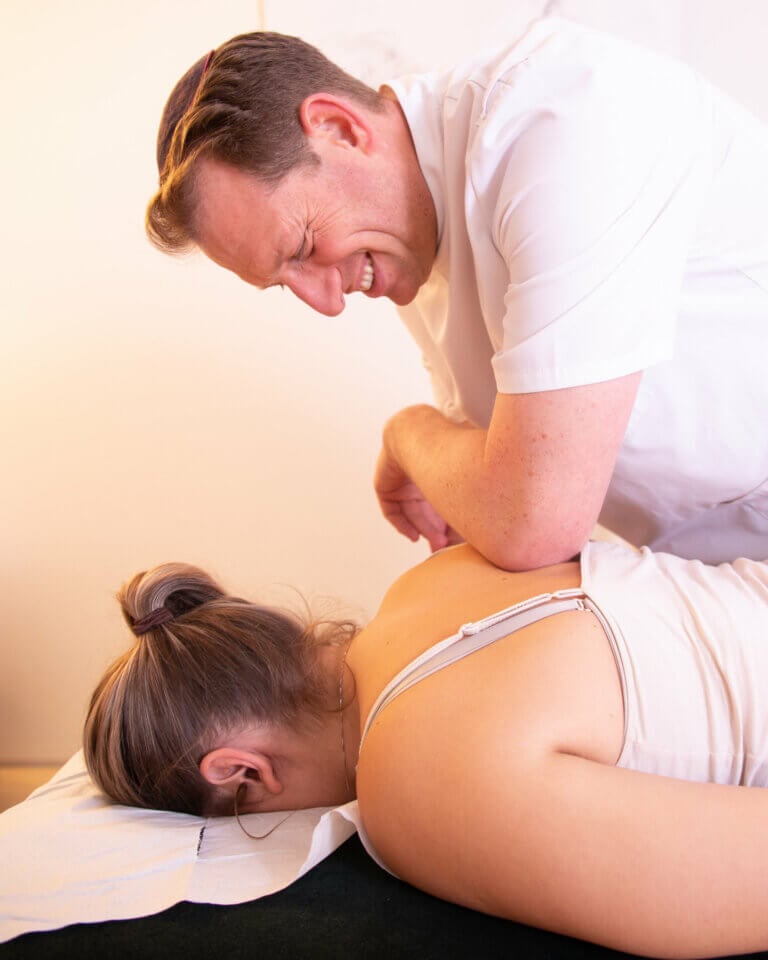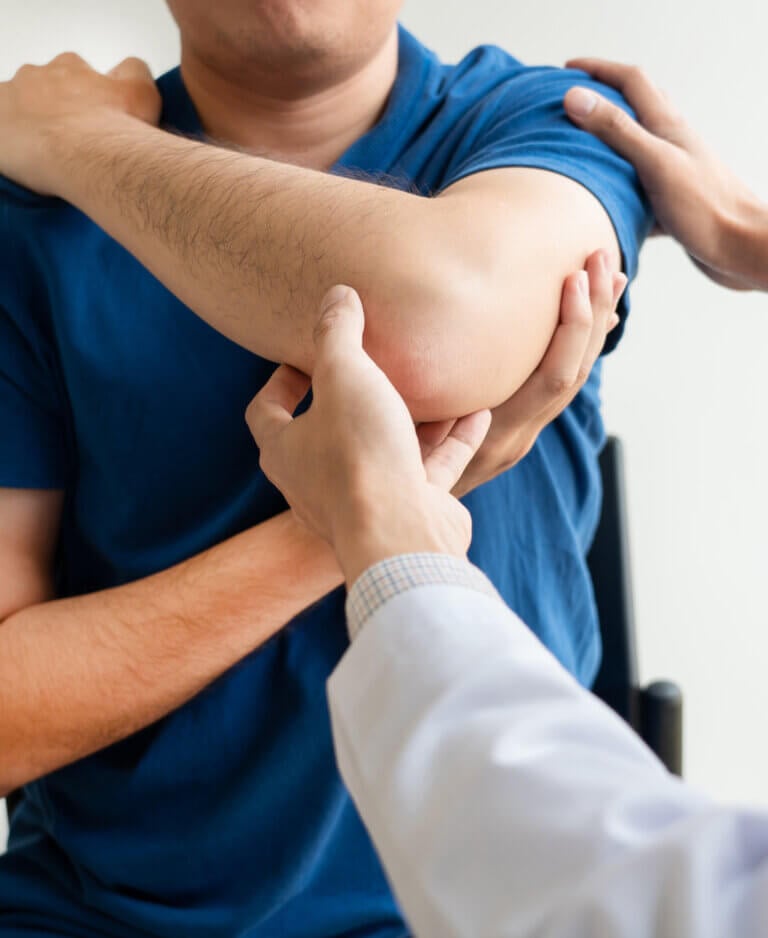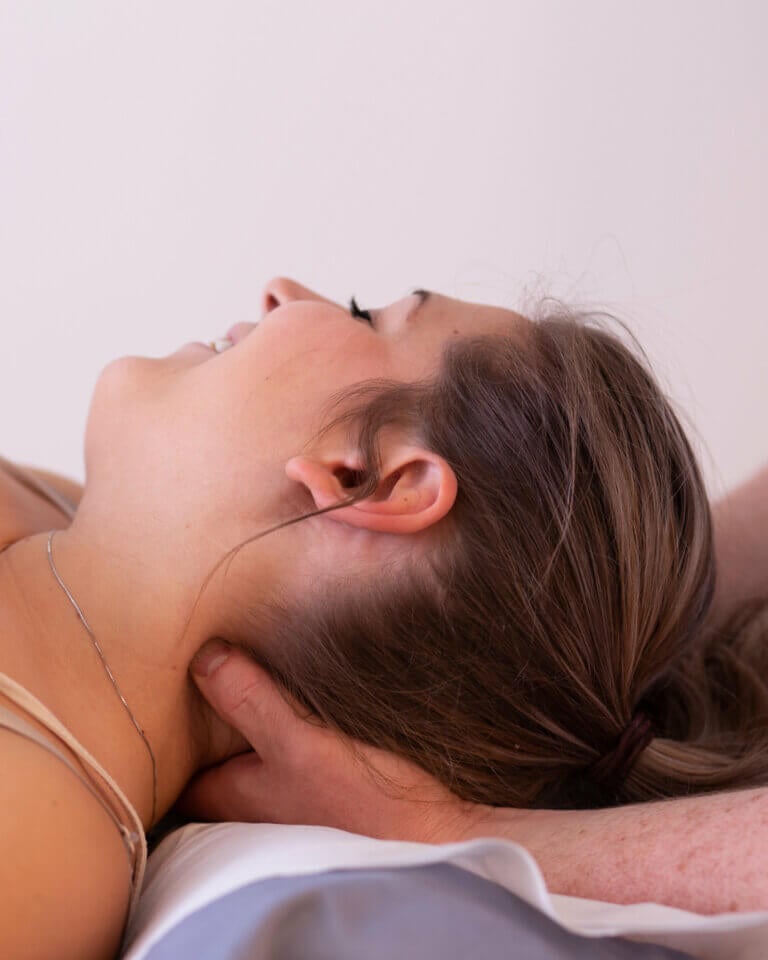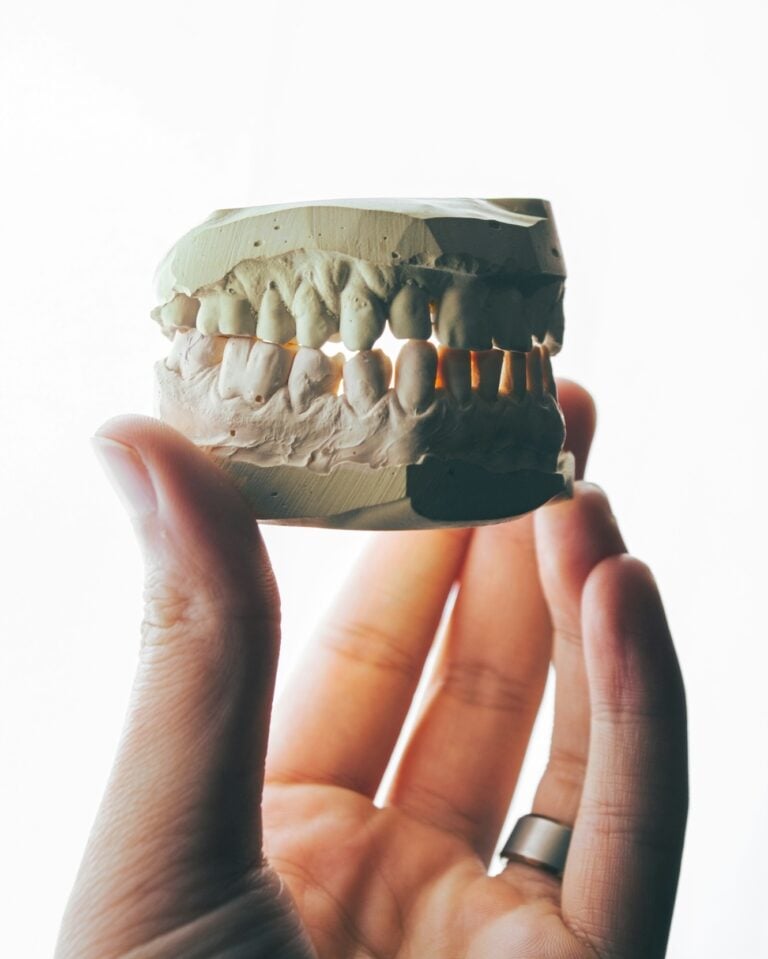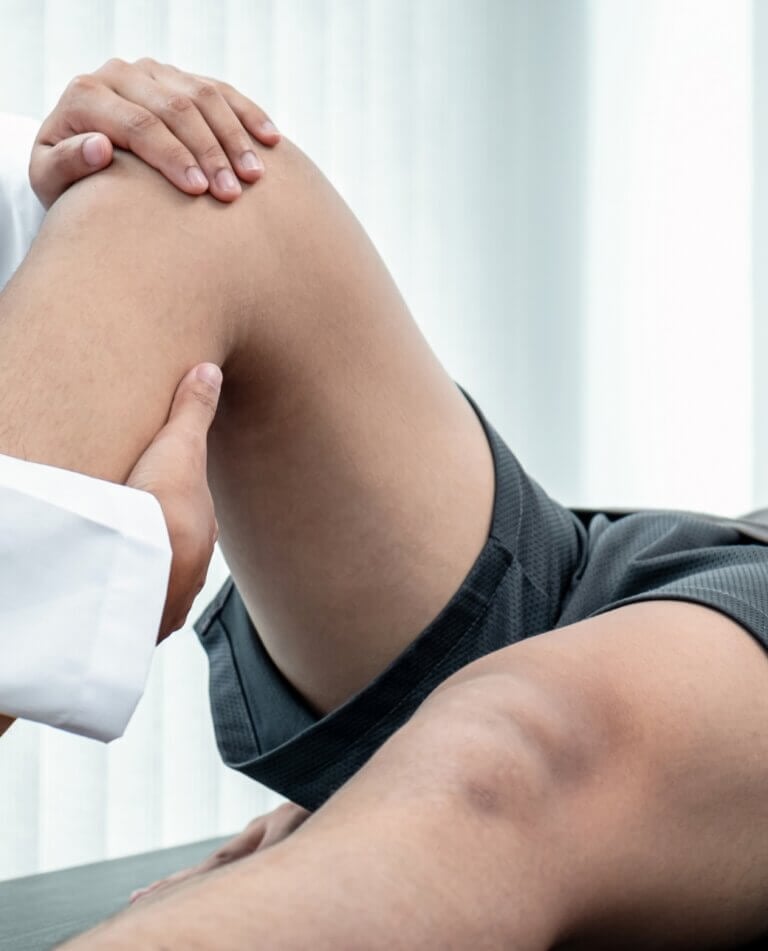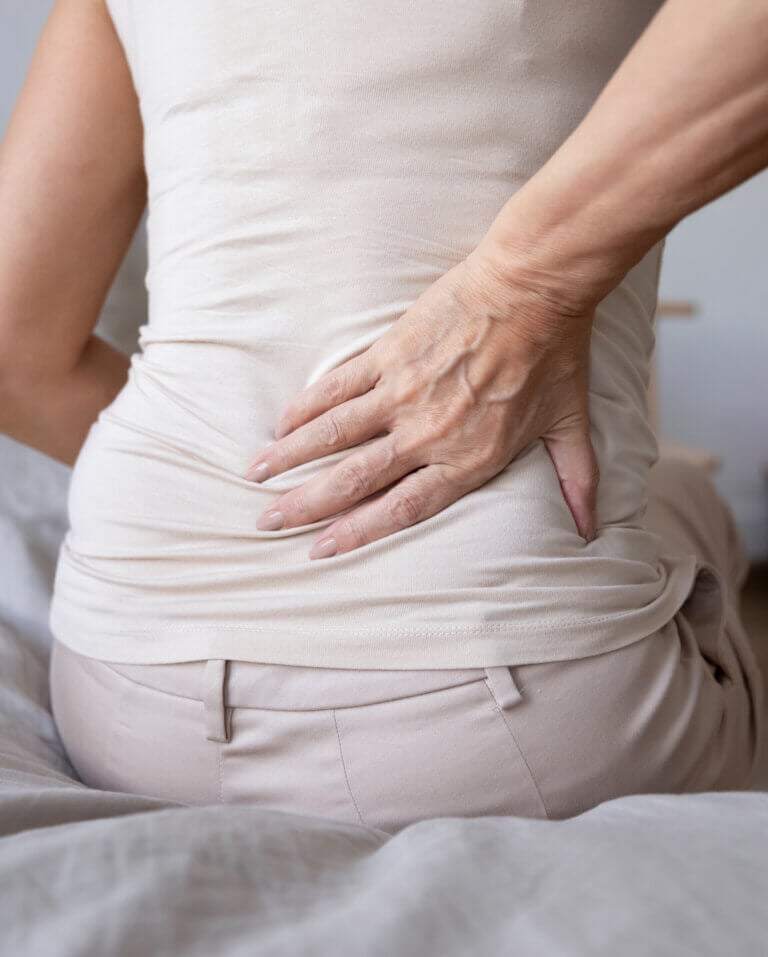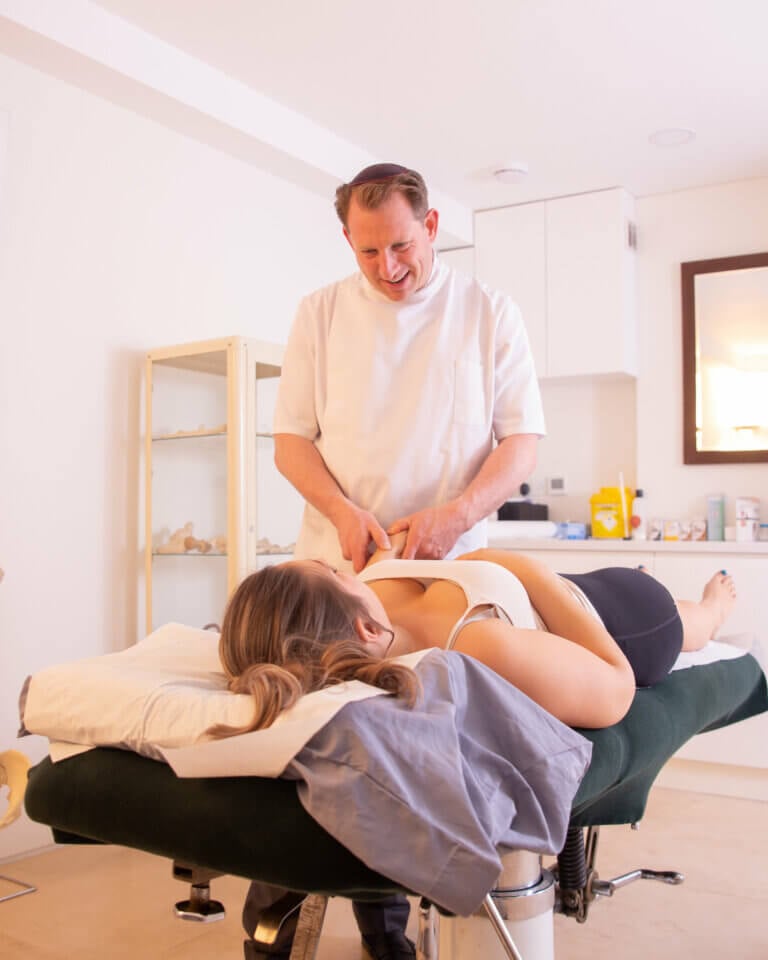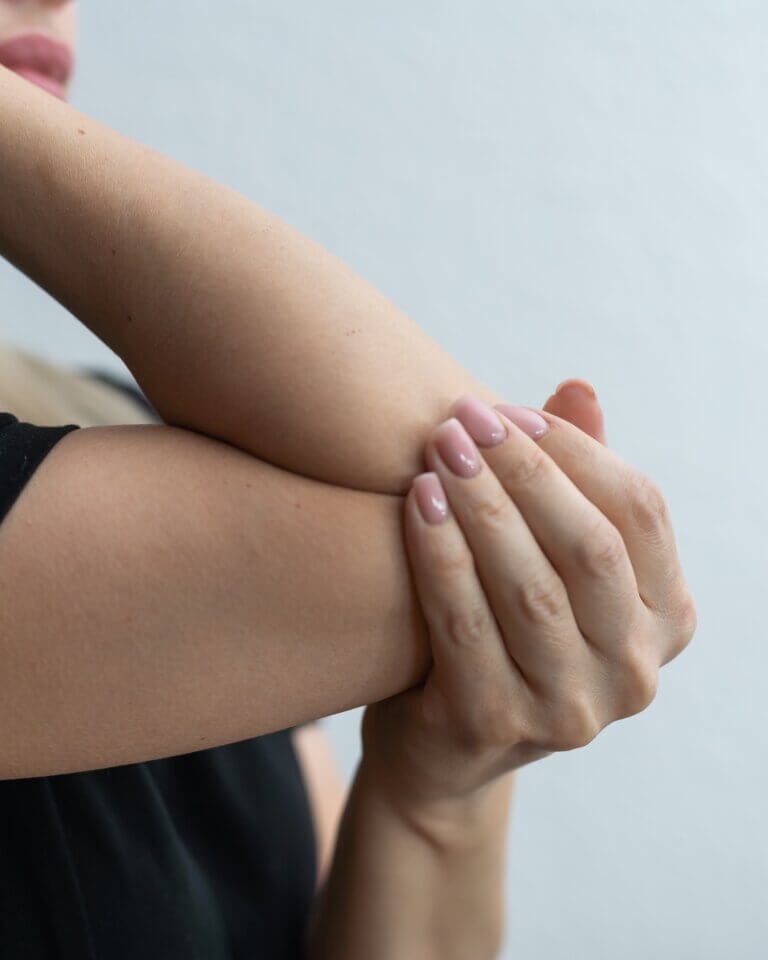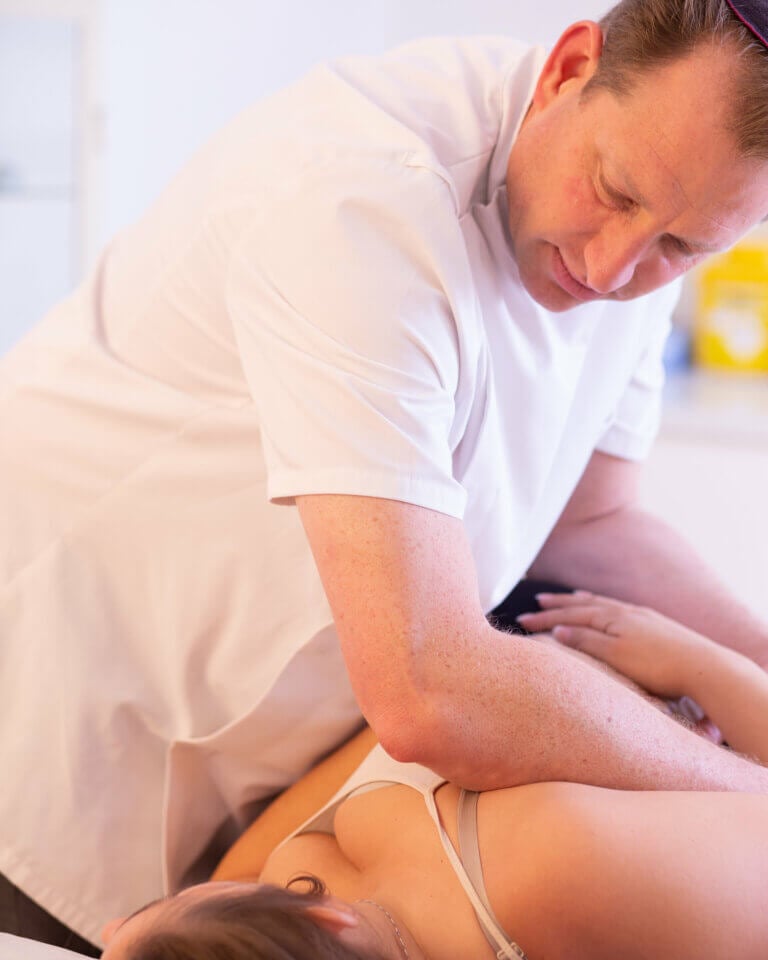Knees are the easiest thing to treat in my experience. There are several problems that can arise with a knee, but regardless of whether the source of the problem is in an anterior cruciate ligament or a meniscal tear, there is almost always a patellar tracking dysfunction. This means that the kneecap, or patella, will move out of place as you bend or straighten your leg. In the majority of cases the kneecap will shift too far towards the outside of the leg but sometimes it can be towards the inside.
The kneecap tracks within a certain groove, and should go up and down smoothly when you flex or extend your knee. When you have a dysfunction, what happens is that some of the lateral muscles of the quadriceps pull your kneecap a little bit out of alignment. It feels painful because it is not tracking properly.
There are certain names for this problem and it can be called ‘Preacher’s Knee’, caused by someone regularly kneeling on the ground. This might happen through everyday gardening when you are kneeling on a cushion to plant and prune, and I also see this a lot with my Muslim patients who are kneeling as part of religious worship. There are also various other names for this condition. The technical term is prepatellar bursitis, but it can be called ‘Housemaid’s knee’, ‘Runner’s knee’ or even ‘theatregoers knee’ because when you’re sitting in the theatre with your knee flexed it puts some tension on the extensor muscles.
If you release those muscles and bring the kneecap a little bit more to the midline, then the knee pain should be relieved with almost every patient. An osteopathy session can realign your knee and quickly remove your pain.
